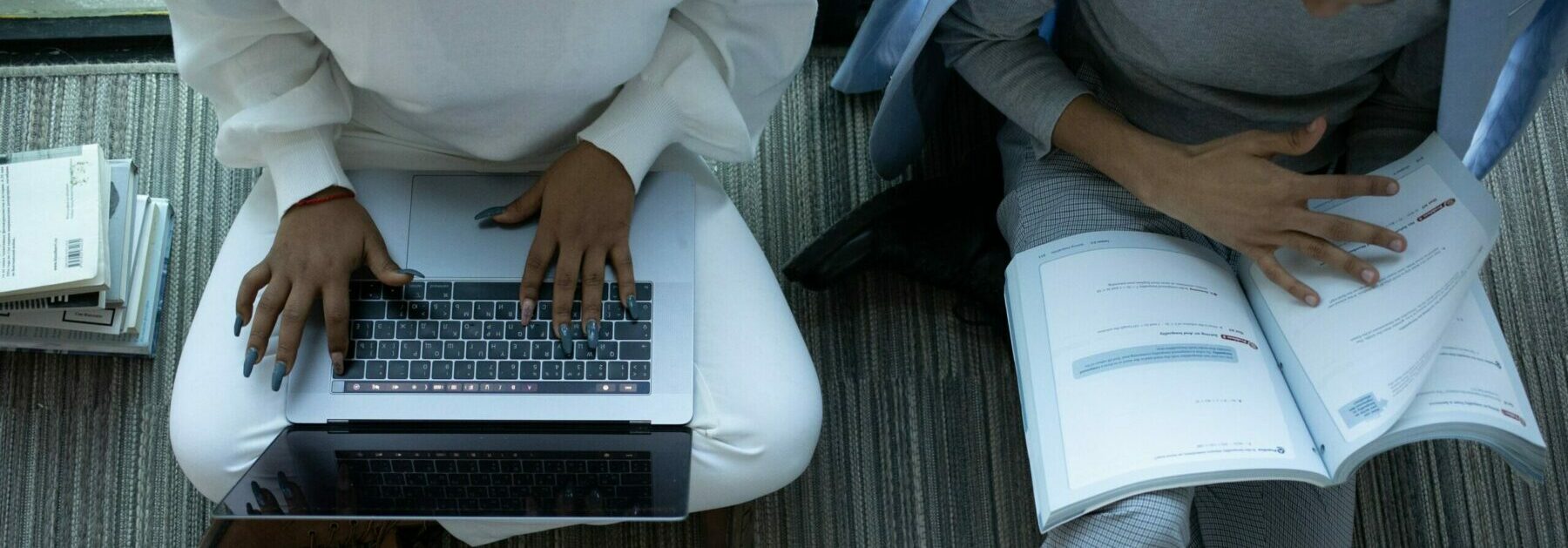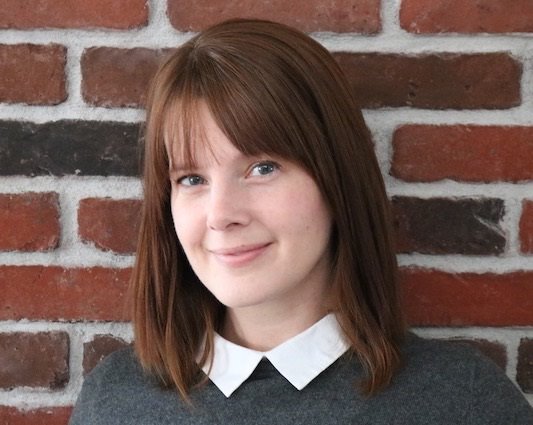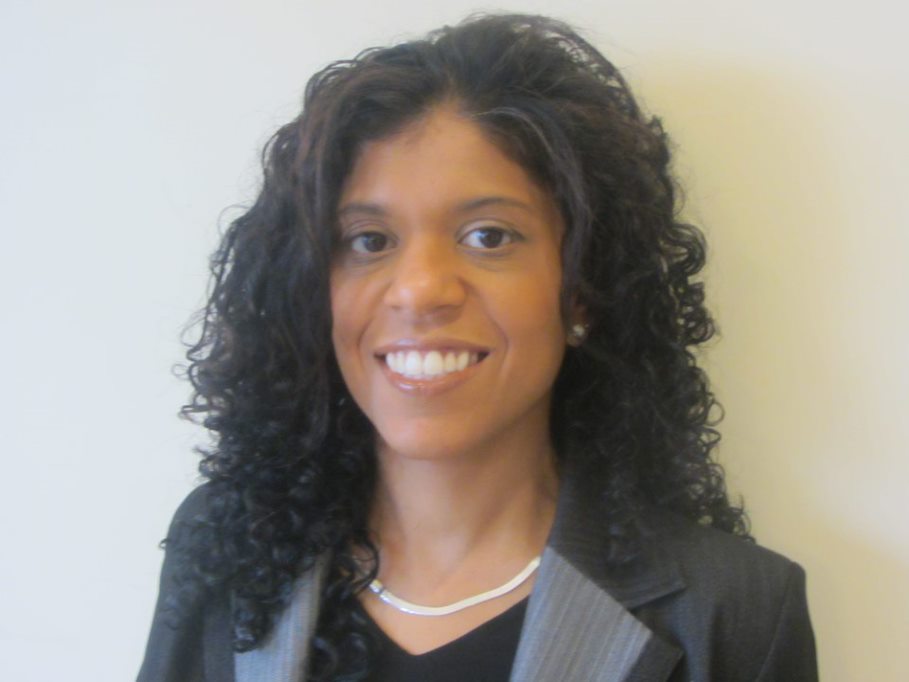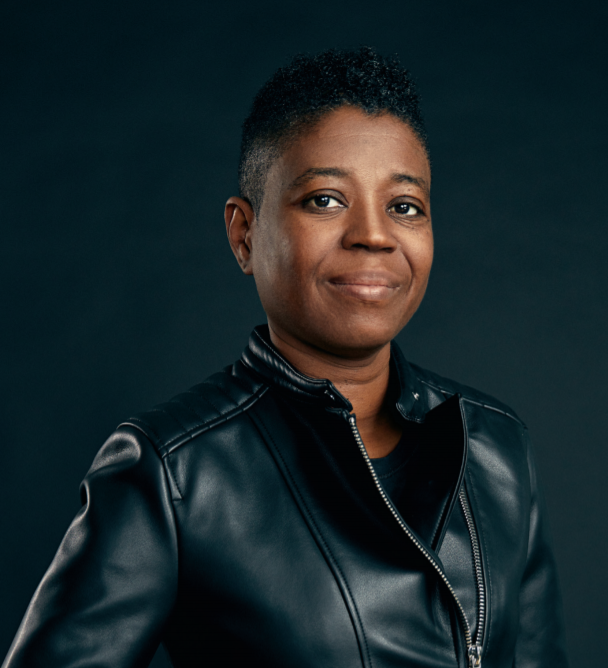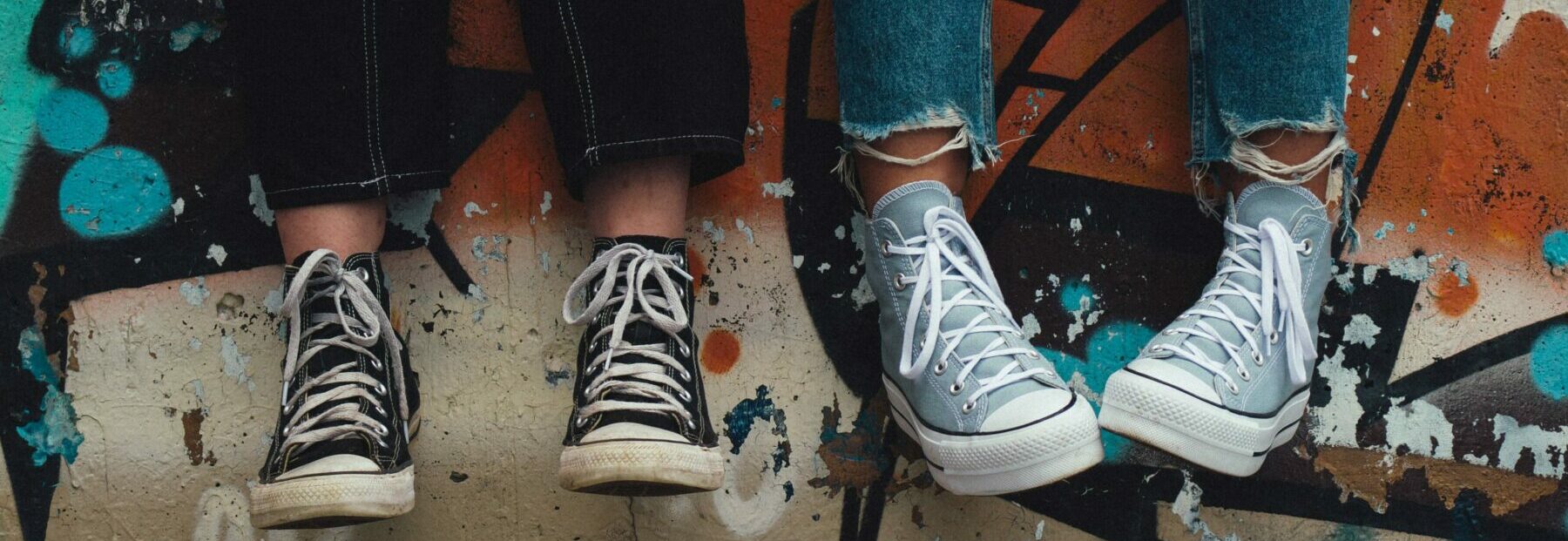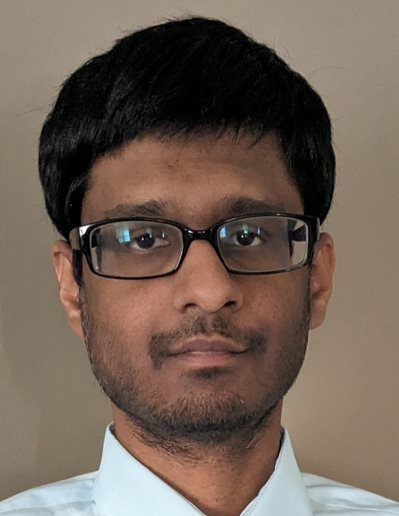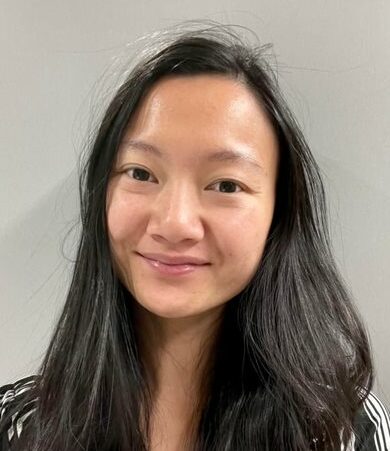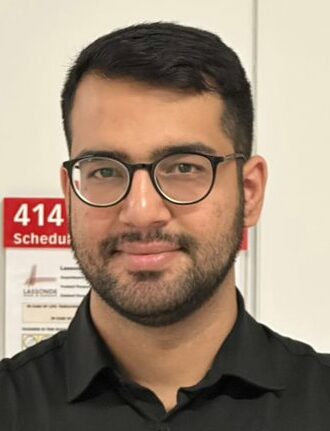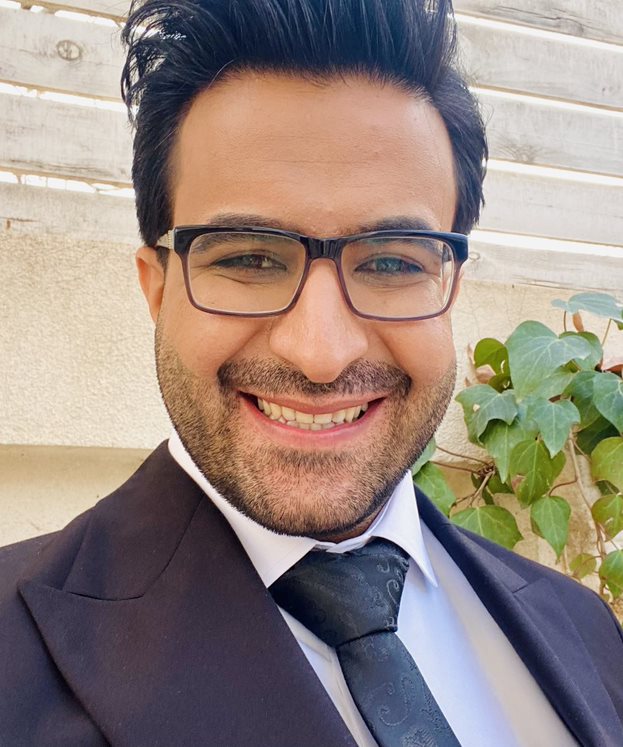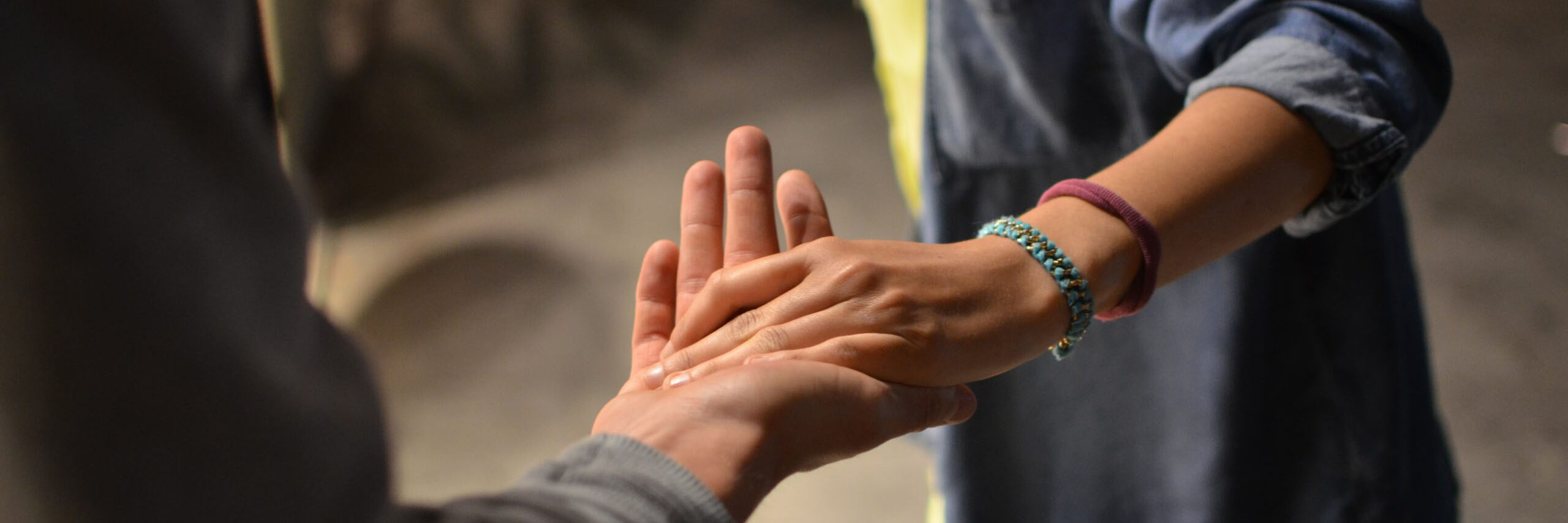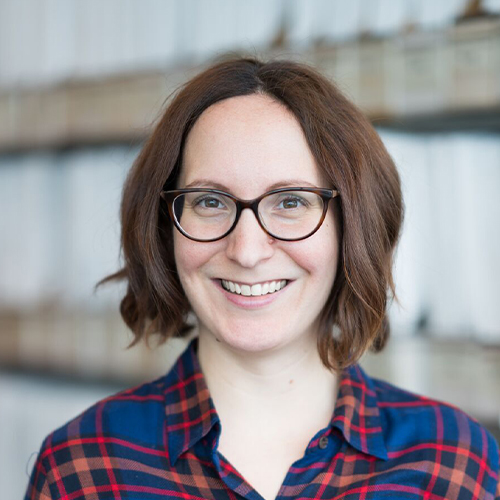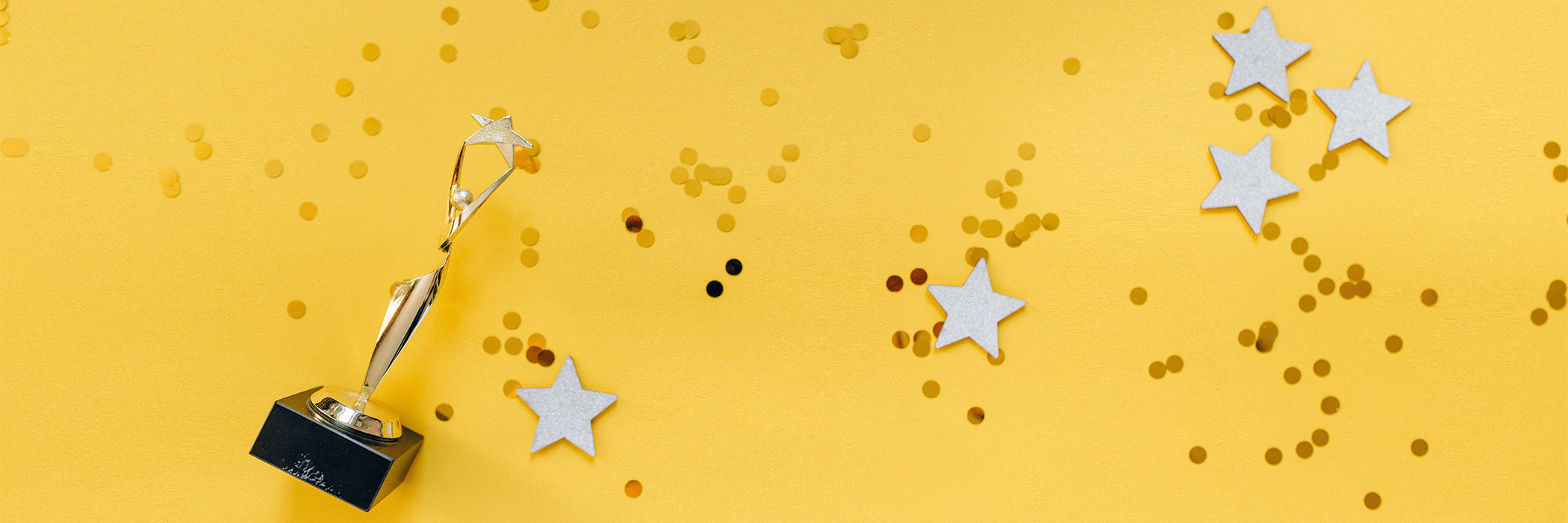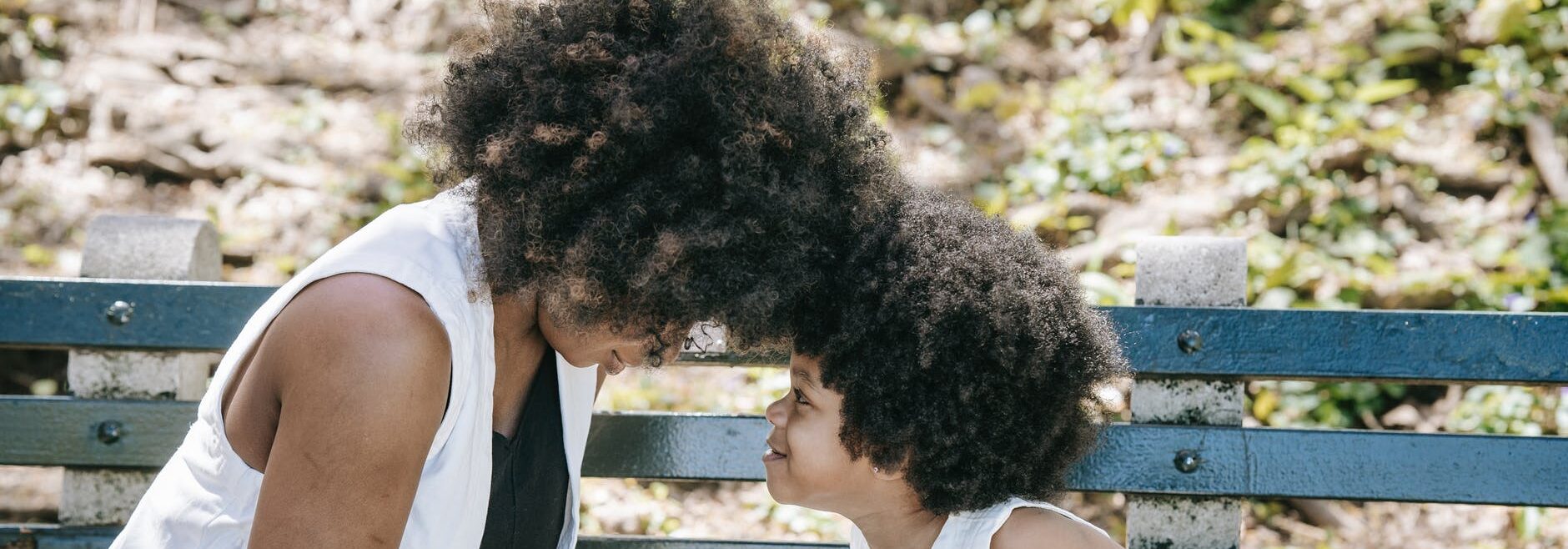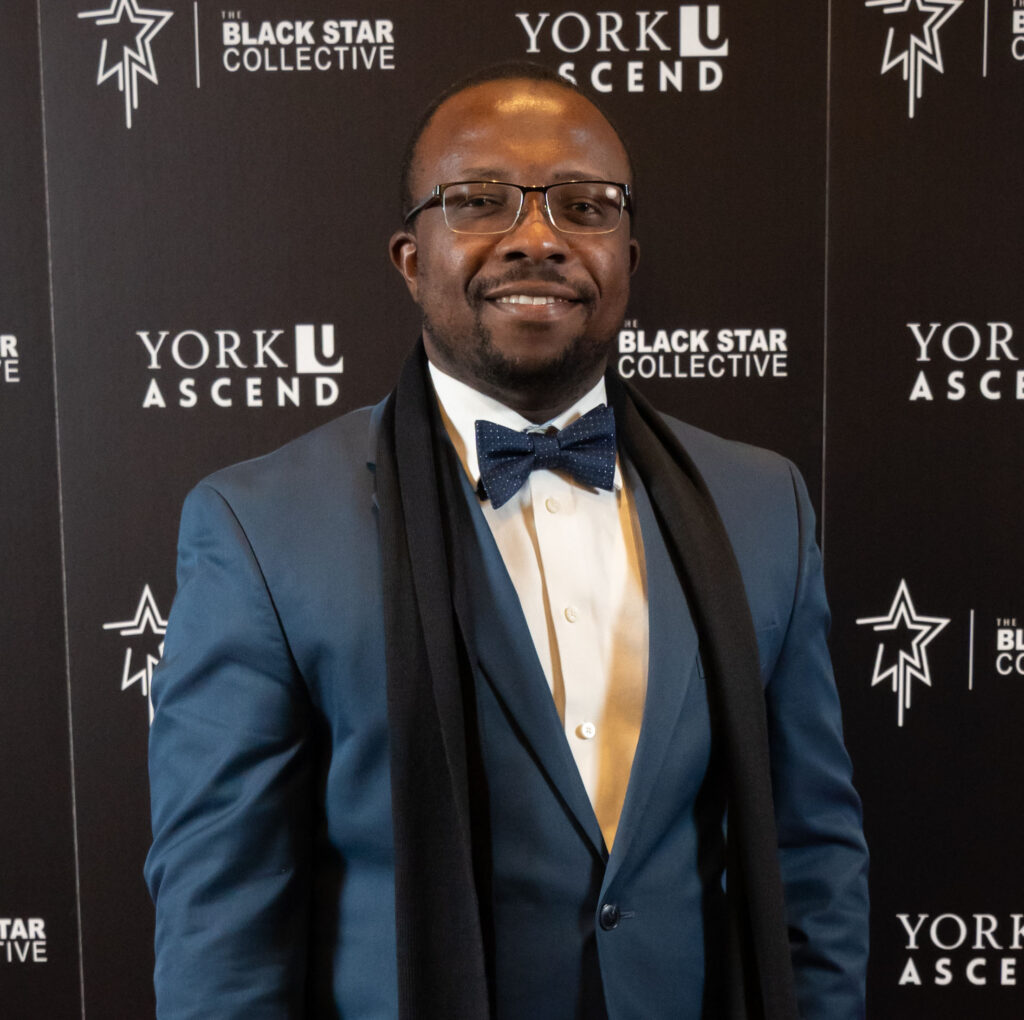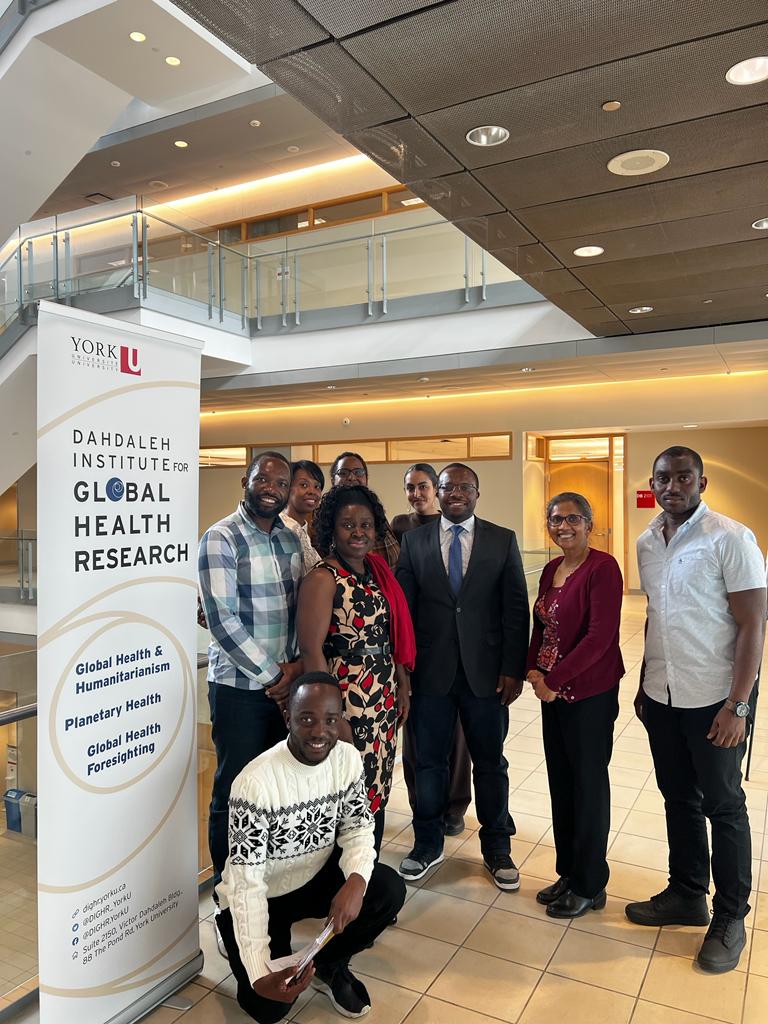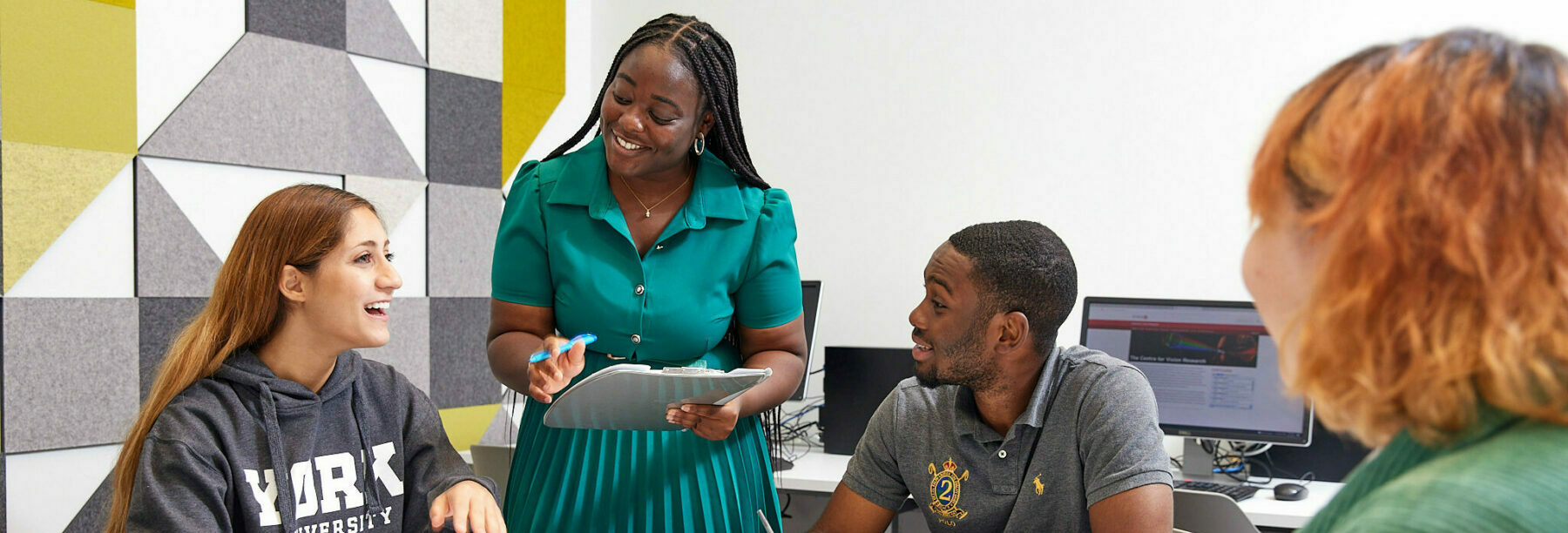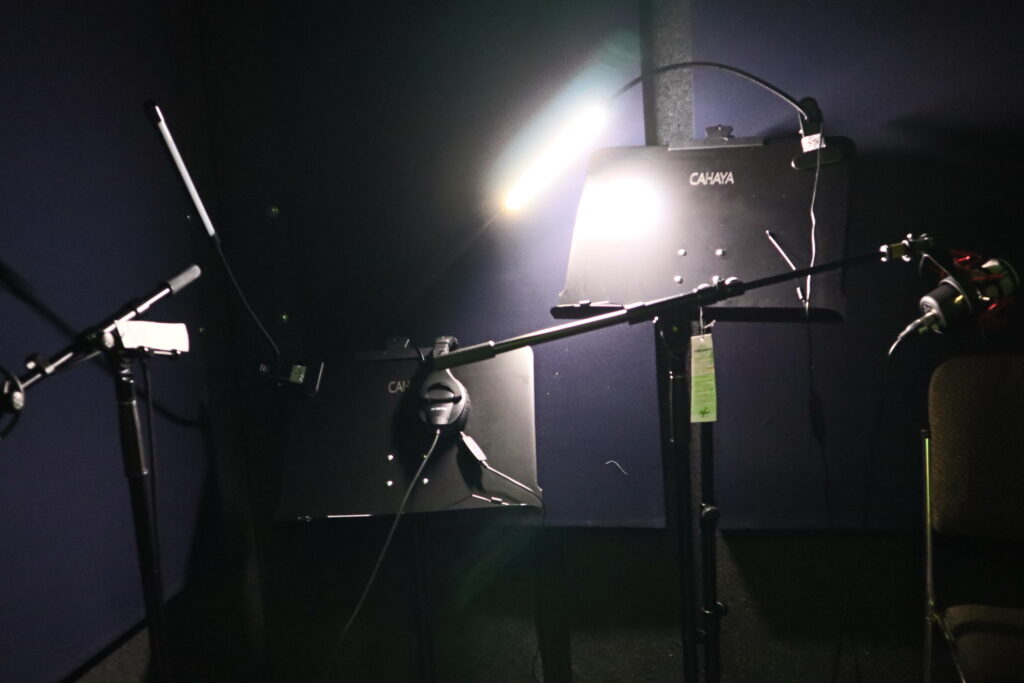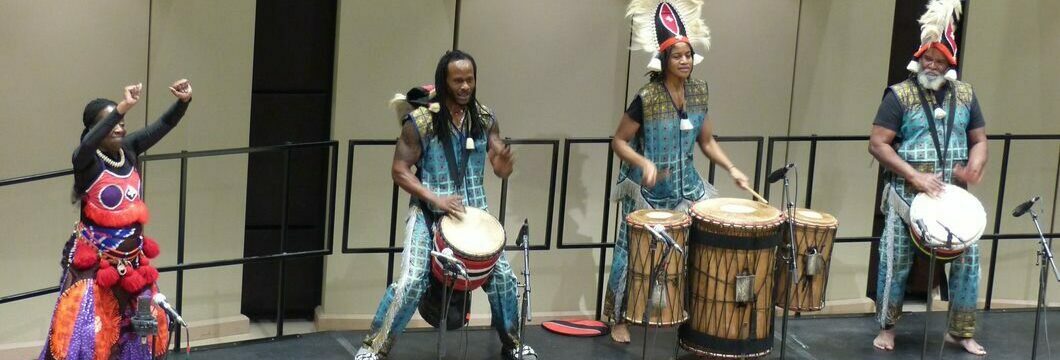By Elaine Smith
“Education will get you to the station, but can you get on the train and will you know where to get off?” says Professor Carl James, York University Jean Augustine Chair in Education, Community and Diaspora, building on a quote by a Ghanaian refugee, Kofi, that refers to the experiences of first-generation students attending university. In other words, being admitted to university is only the first step; the next is navigating the terrain.

A book written by James and Leanne Taylor, an associate professor in the Faculty of Education at Brock University, profiles York alumni who participated in a 2002 pilot project, or, as Taylor calls it, “an intervention,” as incoming undergraduates. The project was designed to support first-generation university students during their undergraduate years, recognizing that they didn’t have parents who could offer them insights into the world of post-secondary education.
“The barriers that they face in accessing higher education don’t go away once they’re on campus,” Taylor says.
First-Generation Student Experiences in Higher Education: Counterstories (Routledge: 2022) catches up with a selection of these students 20 years later and profiles their experiences prior to university, during university and in the years afterward. It is subtitled Counterstories “as a way of pushing back on ideas of the ideal student,” Taylor said. The book highlights the students’ successes and challenges and offers insights into the types of supports that first-generation students find most useful.
The participating students faced barriers due to race, community, class, gender and/or sexual orientation.
“We wanted to see how we could assist them when they got to university,” James says. “We as professors don’t necessarily realize that they have no idea how to negotiate university or the campus.”
The “intervention”
The pilot project required each participant to take part in an entrance life history interview and follow-up interviews and to keep journals of their experiences. They interviewed family members to learn more about their perceptions and expectation and also had work placements. In addition, Taylor ran a weekly group session, referred to as the ”common hour,” where students could discuss their experiences, goals and aspirations.
“We worked with two cohorts of students over three years and there was a weekly group meeting, a common hour, where we discussed their experiences, goals and aspirations,” says Taylor, who served as the research assistant for the project while working toward her PhD at York. Combining those sessions with all the other information, “We had a rich, rounded idea of what they needed.”
During the course of their weekly sessions, Taylor became friends with many of the students, who weren’t much younger than she was. These strong ties made it easy to reconnect with them after many years and arrange further interviews.
“It was something special to go back and see where their lives have shifted,” she says.
Many of the students said the weekly common hour was pivotal in their success in navigating the subtleties of university culture and in helping them balance peer and parental expectations with their actual university experiences. They were able to identify the existing conflicts and the areas where there was a lack of support – a gap that parents didn’t always know how to fill.
“The students also challenged the idea that people from marginalized backgrounds are always behind,” Taylor adds. “They drew on other types of capital, such as community, to help them succeed. They also framed themselves as belonging, but were aware that others saw them as students who were admitted as part of an access program.”
Taylor says the book challenges the idea that all first-generation students are similar; they are complex and “understood the intersectional pieces of their lives.” She believes universities and schools need to understand from where students draw support and how to help support and mentor them.
“We also see the counterstories as telling us how students resisted and challenged the university structure and pushed back on the dominant narrative,” she says. “We have to realize that there are inequities in the institution itself.”
Practical applications
These discoveries should help inform the ways universities and individual faculty members work with first-generation students and how they address the students’ needs.
“The book is a useful teaching tool,” James says. “I have used it with teachers and assigned various teachers a student in the book so they could compare their own stories, and participants identified with different stories. Many of them talked of having similar students in their classes.”
He has also used the book with graduate students when teaching Education in the Urban Context.
“They liked the book and were able to identify with some of the experiences, and they pointed out that some of the students didn’t always see their own privileges.”
The book also dovetails nicely with York’s academic priority, from access to success, as set forth in the University Academic Plan.



